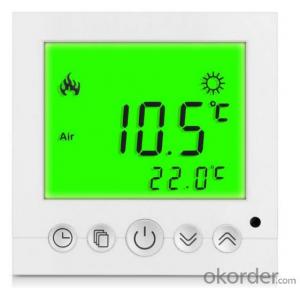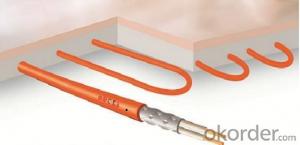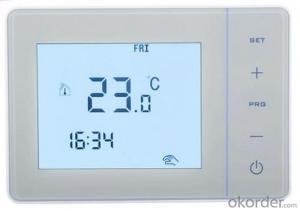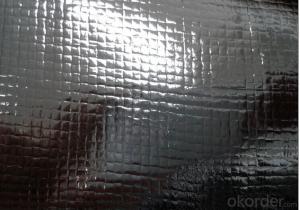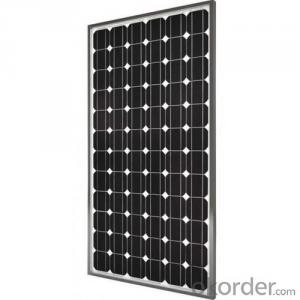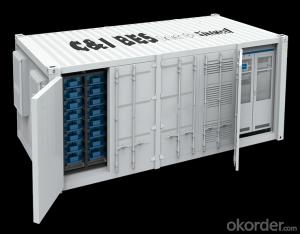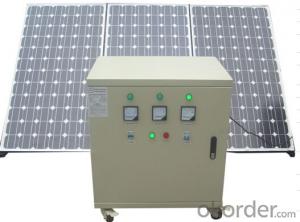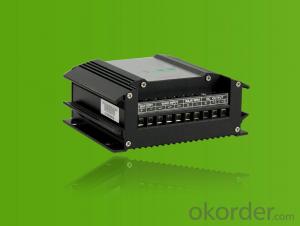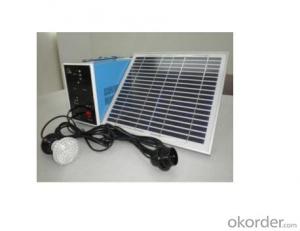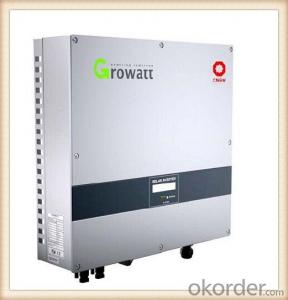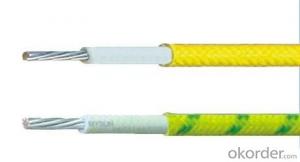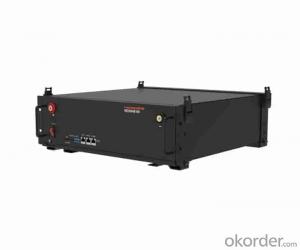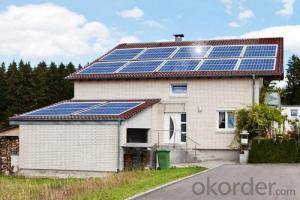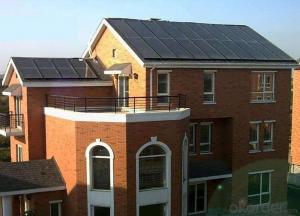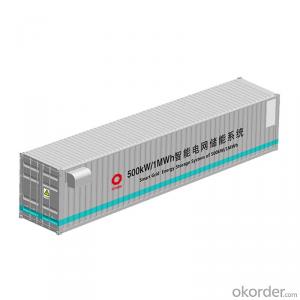Hybrid Solar Inverter System
Hybrid Solar Inverter System Related Searches
Primer For Galvanized Steel H S Code For Stainless Steel Wd 40 For Stainless Steel Spray Paint For Stainless Steel Glue For Stainless Steel Step Bit For Stainless Steel Magnets For Stainless Steel Caulking For Stainless Steel Steel Vessels For Kitchen Best Solar Inverter For HomeHot Searches
Steel Mesh Panels For Sale Cheap High Tea Sets For Sale High Density Fiberboard For Sale Solar Hot Water Collectors For Sale Scaffolding For Sale In Uae Scaffolding For Sale In Ireland Scaffolding For Sale In Houston Type Of Inverter For Solar Price Of Shipping Containers For Sale Used Solar Inverter For Sale Portable Led Signs For Sale Stone Hot Water Bottles For Sale Large Led Screens For Sale 1/4 Aluminum Plate For Sale H4 Led Headlight Bulbs For Sale Flexible Solar Cells For Sale Air Pump For Aquarium Price Inverter Size For Solar System Solar Edge Inverter For Sale Aluminum Bar Stock For SaleHybrid Solar Inverter System Supplier & Manufacturer from China
Okorder.com is a professional Hybrid Solar Inverter System supplier & manufacturer, offers integrated one-stop services including real-time quoting and online cargo tracking. We are funded by CNBM Group, a Fortune 500 enterprise and the largest Hybrid Solar Inverter System firm in China.Hot Products
FAQ
- Solar energy systems impact the reduction of greenhouse gas emissions by harnessing the power of the sun to generate electricity, which is a clean and renewable energy source. By utilizing solar panels, we can significantly decrease our reliance on fossil fuels for electricity production, thus reducing the amount of carbon dioxide and other greenhouse gases released into the atmosphere. This transition to solar energy helps combat climate change and contributes to a more sustainable and greener future.
- Yes, solar energy systems can certainly be used to power research laboratories or scientific facilities. Solar energy is a renewable and sustainable source of power that can be harnessed through the use of photovoltaic (PV) panels or solar thermal systems. Research laboratories and scientific facilities often require a significant amount of electricity to power various equipment such as microscopes, centrifuges, spectrometers, and other specialized scientific instruments. By installing solar panels on the rooftops or surrounding areas of these facilities, they can generate electricity from the sun's rays. The energy generated by solar panels can be used directly to power the laboratory's equipment, reducing their reliance on traditional fossil fuel-based electricity sources. Additionally, excess energy produced by the solar panels can be stored in batteries or fed back into the grid, ensuring a continuous and reliable power supply. There are several benefits to using solar energy in research laboratories and scientific facilities. Firstly, it helps reduce greenhouse gas emissions and mitigates the environmental impact of these facilities. Solar power is clean and does not produce any harmful pollutants, making it an environmentally friendly alternative to conventional electricity sources. Moreover, solar energy systems can provide a stable and cost-effective source of power in the long run. Although the initial installation costs may be higher, solar panels have a long lifespan and require minimal maintenance. This can lead to significant savings on electricity bills over time, allowing research laboratories and scientific facilities to allocate their resources towards other important research activities. Furthermore, solar energy systems can enhance the resilience and reliability of power supply to these facilities. In areas prone to power outages or with unreliable electricity grids, solar panels combined with battery storage can provide a backup power source, ensuring uninterrupted operation of critical scientific equipment. In conclusion, solar energy systems can indeed be used to power research laboratories and scientific facilities. They offer numerous environmental, economic, and operational advantages that make them a viable and sustainable choice for meeting the energy needs of these important scientific institutions.
- Yes, solar energy systems can be used in developing countries. In fact, they can be particularly beneficial in these regions due to their affordability, scalability, and ability to provide electricity in remote areas where grid access is limited. Solar energy systems can help address energy poverty, improve healthcare services, enhance education opportunities, and stimulate economic growth, making them a viable and sustainable solution for developing countries.
- Solar energy systems can indeed be used in all climates, although their efficiency may vary depending on the amount of sunlight available. While regions with abundant sunlight, such as deserts, are particularly suitable for solar energy systems, even areas with less sunshine can still benefit from solar power. Technological advancements have made solar panels more efficient in capturing and converting sunlight into electricity, allowing them to be utilized even in colder or cloudier climates.
- Yes, solar energy systems can be used for space cooling. Solar-powered air conditioning systems use solar energy to generate electricity, which is then used to power the cooling process. These systems can be used to cool indoor spaces, reducing the reliance on conventional electricity sources and minimizing the environmental impact.
- Solar panels typically need to be cleaned at least once or twice a year to maintain their efficiency. However, the frequency of cleaning can vary depending on various factors such as the location, climate, and surrounding environment.
- Yes, there are minimal risks of electromagnetic radiation with solar energy systems. Solar panels generate direct current (DC) electricity, which does not emit electromagnetic fields (EMF) or radiation. However, some components of solar energy systems, such as inverters or power conditioning units, convert DC electricity to alternating current (AC), and may produce low levels of EMF. These levels are typically well below the safety limits set by regulatory bodies and pose no significant health risks to humans.
- Solar energy systems can have a minimal impact on the structural integrity of a building. The installation of solar panels requires proper planning and engineering to ensure that the additional weight and any penetrations made do not compromise the building's structure. When installed correctly, solar energy systems can actually provide additional support and protection to the roof, making it more durable and extending its lifespan.



